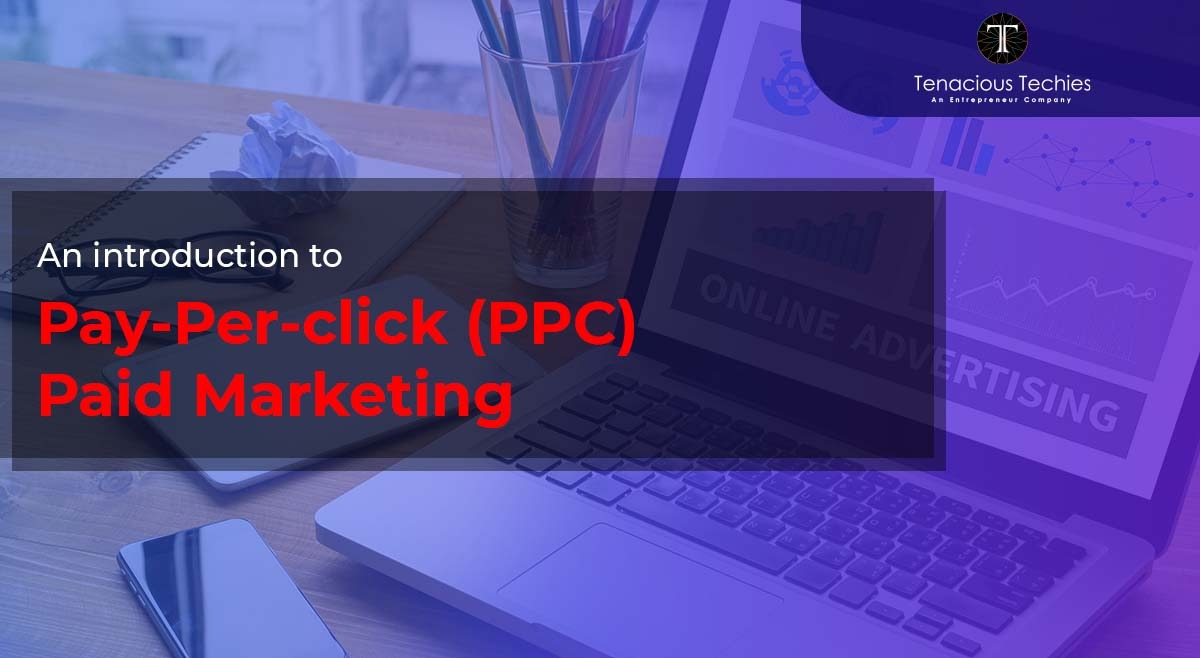
What is Pay-Per-Click (PPC) Marketing?
PPC Marketing is a type of advertising on the Internet that charges the advertiser each time that an ad is clicked. For buyers, this type of advertising is attractive because they only pay for ads that have been clicked. It would be impractical to have an advertisement on a website without charge because you would never know how many times it had been viewed or clicked on.
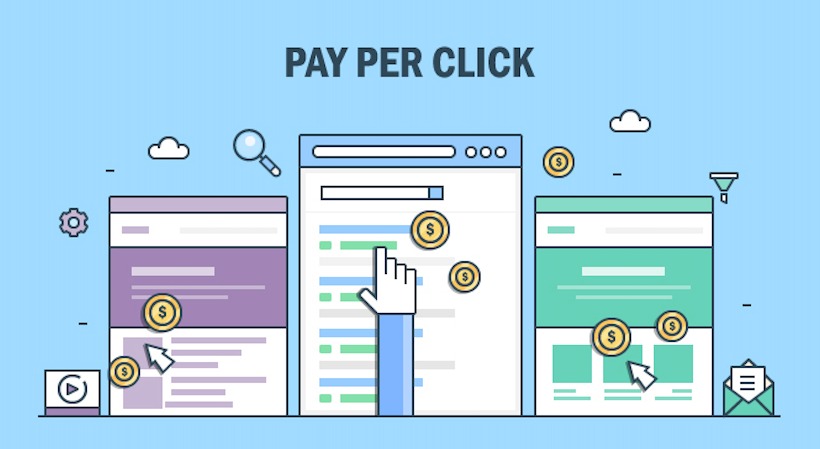
In this section, we will talk about the different types of PPC marketing and why it’s so successful.
Why Should you use PPC?
The use of paid search marketing, also known as PPC, is one of the most important parts of digital marketing. It is a form of advertising where advertisers pay for each time their advert appears on the search engine result page.
Paid search marketing can help you get your brand in front of potential customers when they are searching online for something related to your product or service.
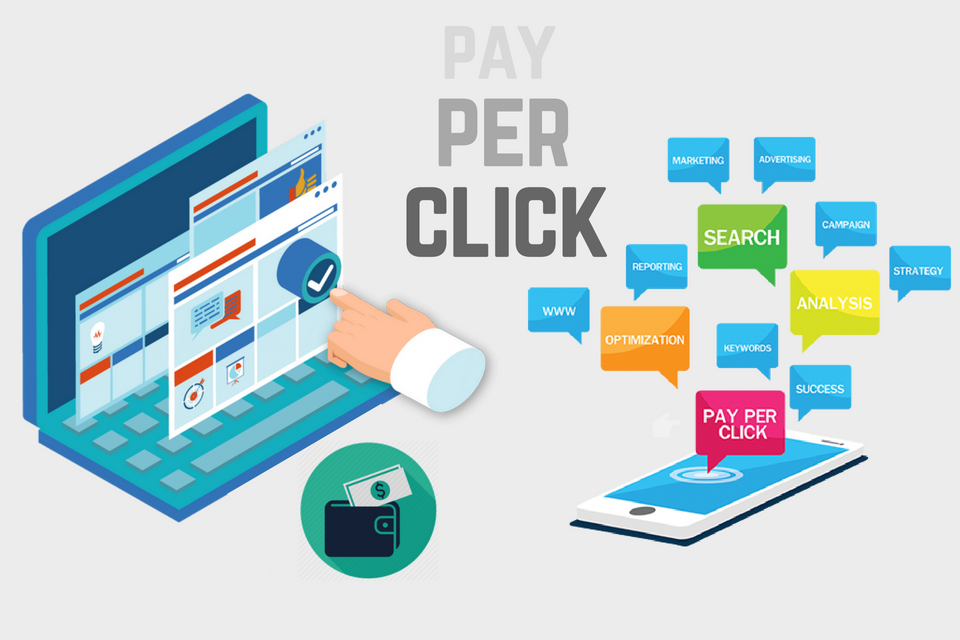
PPC campaigns can be an effective way to generate leads and sales, depending on the targeting that you choose, how well your ads convert and how much you are willing to spend.
PPC enables marketers to find and target the right audience without the need for a big budget. It is a great way of creating content that is relevant to what people are looking for at that moment in time.
PPC is also a valuable tool in measuring and optimizing campaigns. It helps marketers understand how their campaigns are performing and where the best audience is. This helps them make decisions on how they can improve their campaigns and reach more people with their messaging.
Different Types of PPC Strategies
PPC is a powerful advertising medium which is easy to manage. It also offers the most control of ROI for advertisers, as they can precisely track their advertising spend.
There are many strategies to use PPC effectively. However, these strategies are not flexible enough to be used in all cases. For this reason, it’s important to know which one you should use more often.
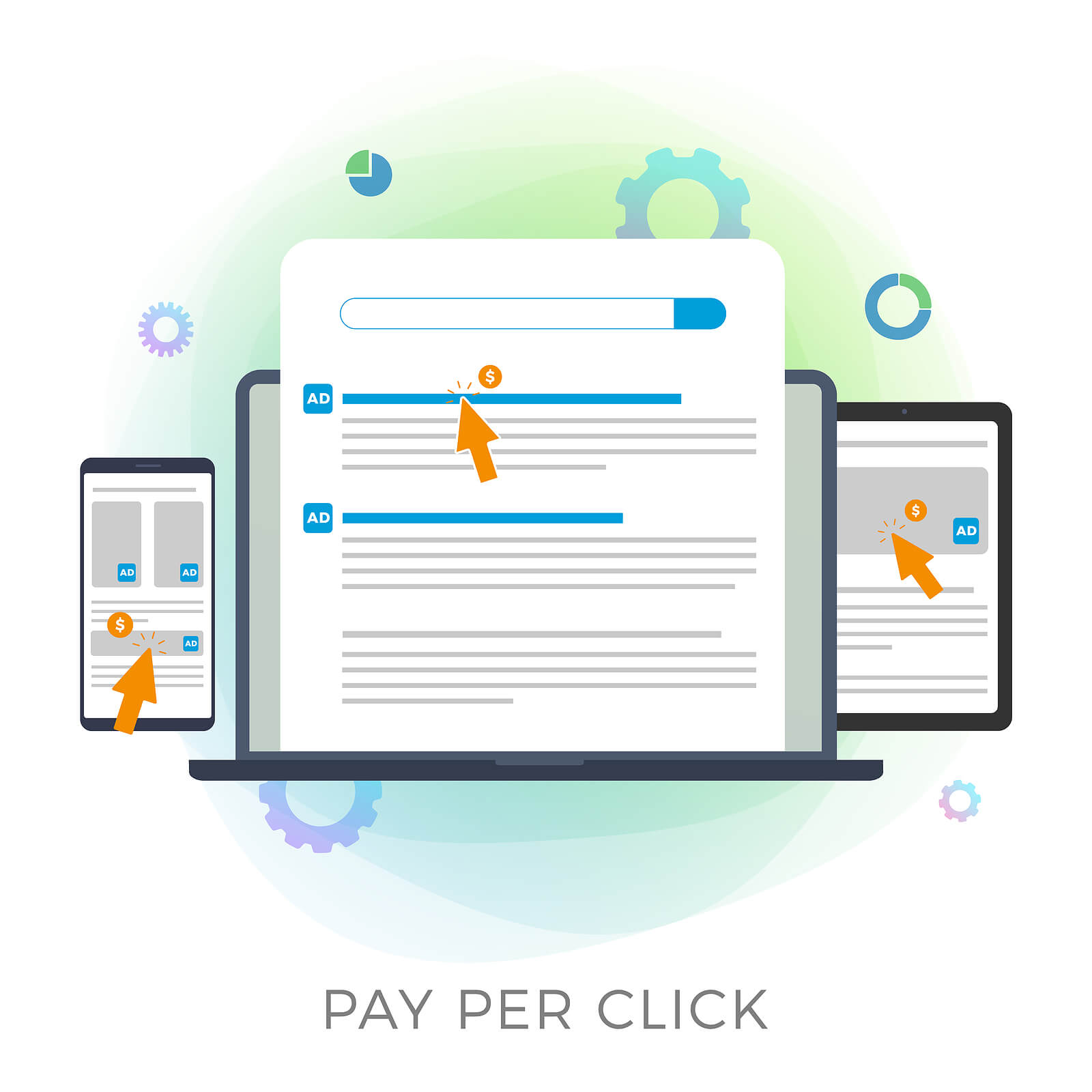
The following is a list of ppc techniques to help you with your strategy.
1. Finding low competition keywords
2. Understanding the cost-per-click
3. Developing a high ROI campaign and landing pages
4. Using the right bidding tools and bidding strategies
Finding low competition keywords
A lot of research goes into keyword research. It is a painstaking process that can be time-consuming and result in a lot of resources wasted.
That’s why it’s important to find low competition keywords for Search Engine Optimization (SEO) projects.
Fortunately, there are keyword tools that can help us find them with relative ease.
One such tool is the Google Adwords Keyword Tool which provides you with data on search volume and estimated CPCs for each keyword that you enter into it. In addition, the tool also provides you with the related keywords that are relevant to your search term as well as some other metrics such as trends and suggested bid prices.
Understanding the cost-per-click
The cost-per-click is the amount of money that an advertiser pays when someone clicks on one of their ads. This is usually measured in cents per click.
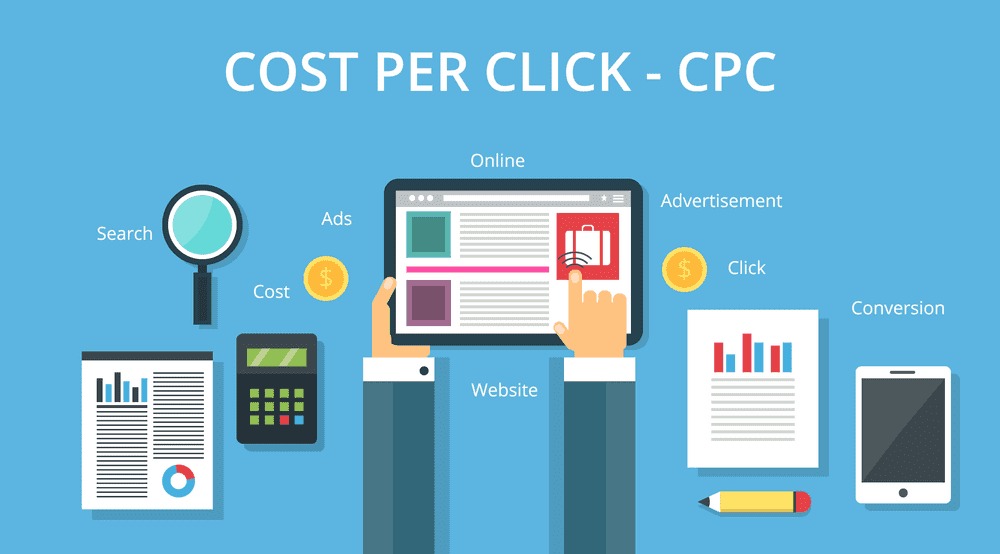
Cost-per-click can either be fixed or variable, depending on the company’s choice. The CPA (cost per acquisition) metric takes into account both the total number of clicks and the conversion rates. The CPC campaign costs less than a CPA campaign because it focuses on bringing in more traffic than getting conversions.
Developing a high ROI campaign and landing pages
When it comes to digital marketing, it is important to make sure that the campaign is up-to-date with the latest trends and developments in terms of online search engine optimization.
In this post, we will go over the main points of creating a high ROI campaign and landing pages.
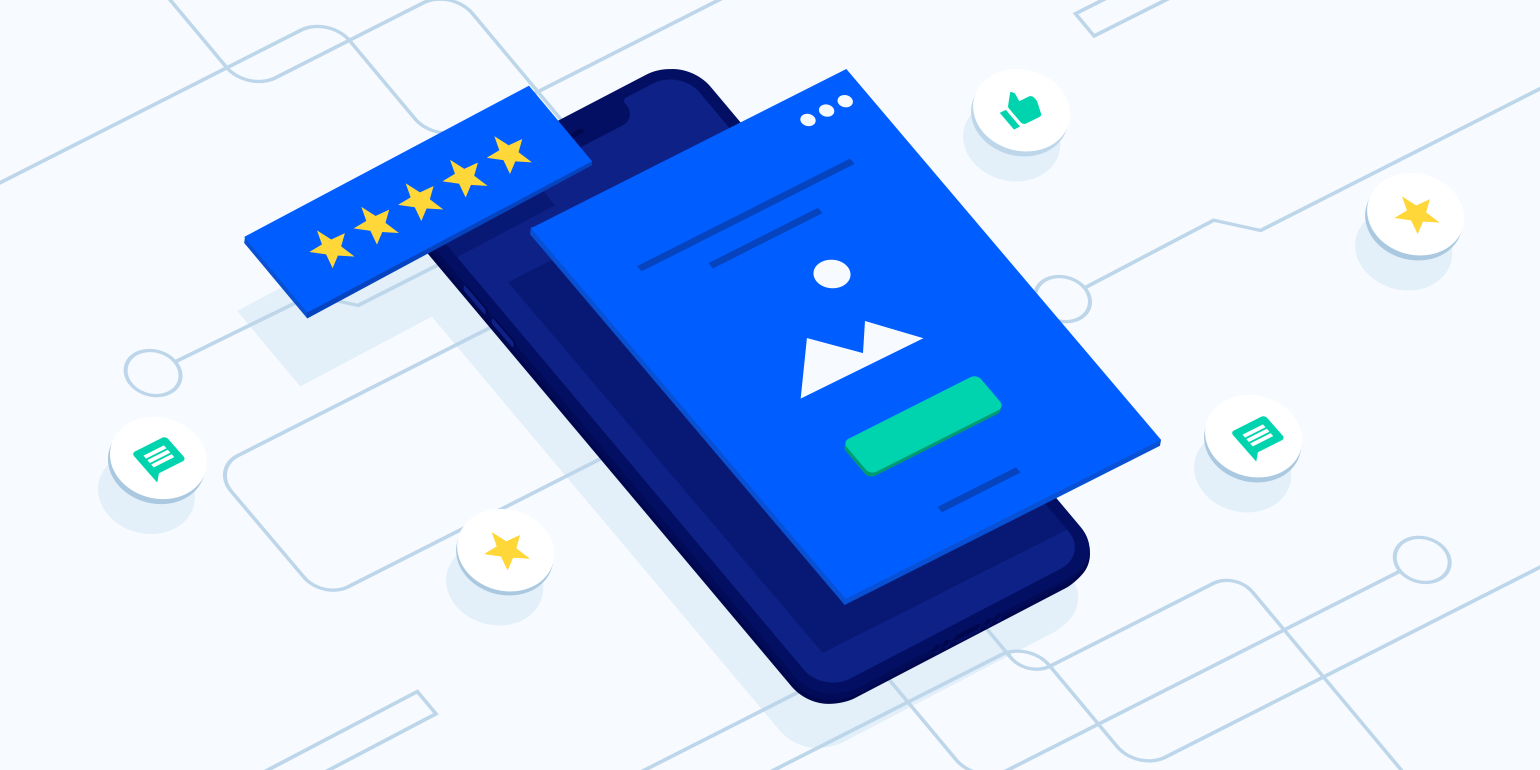
The key points in developing a high ROI campaign are ensuring that the customer finds it easy to navigate, understanding what information they want when they visit your site, and making sure you optimize for both desktop and mobile platforms.
Using the right bidding tools and bidding strategies
As the industry moves towards a more transparent and competitive marketplace where buyers and sellers can instantly find each other, buying and selling ad inventory has become easier than ever.
The number of bidding tools that exist today is staggering. With so many options it can be difficult to determine which one is the best for your business needs.
The Most Popular PPC Platforms
- Google Adwords
- Bing Ads
1. Google Adwords
Google AdWords is a free service offered by Google that can be used to promote a business online, whether it’s a website or a specific product. It is the most popular advertising service in the world and it offers advertisers an easy way to get their ad in front of potential customers.
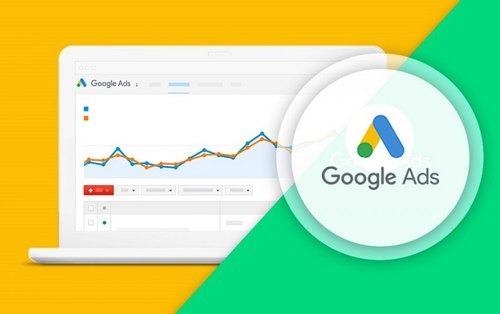
2. Bing Ads
Bing Ads is a search engine marketing platform developed by Microsoft, which is aimed at competing with Google AdWords. The Bing Ads API enables advertisers to automate the management of their online advertising campaigns.
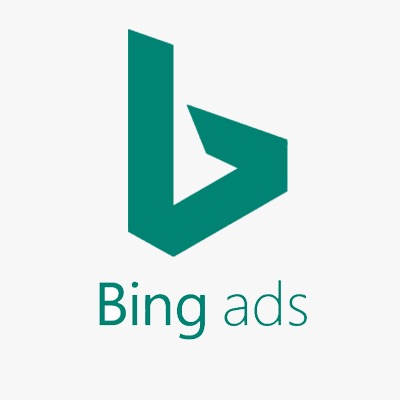
Bing Ads is an excellent tool for managing various marketing campaigns, as it has many benefits over Google AdWords. Some of these are:
- The interface is much simpler than AdWords, which makes it easier for beginners to start using the tool
- It’s possible to advertise on both Google and Yahoo! using just one account
- Microsoft have stated that they are constantly working on the algorithm to be more user friendly and target users more efficiently
Conclusion: Bing ads is a search engine marketing platform developed by Microsoft which has many benefits over Google AdWords.
3. Facebook
We have come to know Facebook as the place where we share our lives with our friends and family. But it is also a powerful marketing tool that can help you reach your target audience for your products and services.
Facebook advertising helps you reach the people you want by showing them ads for your products or services. If you want to learn What is Facebook Marketing then you can visit our website for more. You can use Facebook ads to drive people to your website, sell subscriptions, run contests, or promote events.
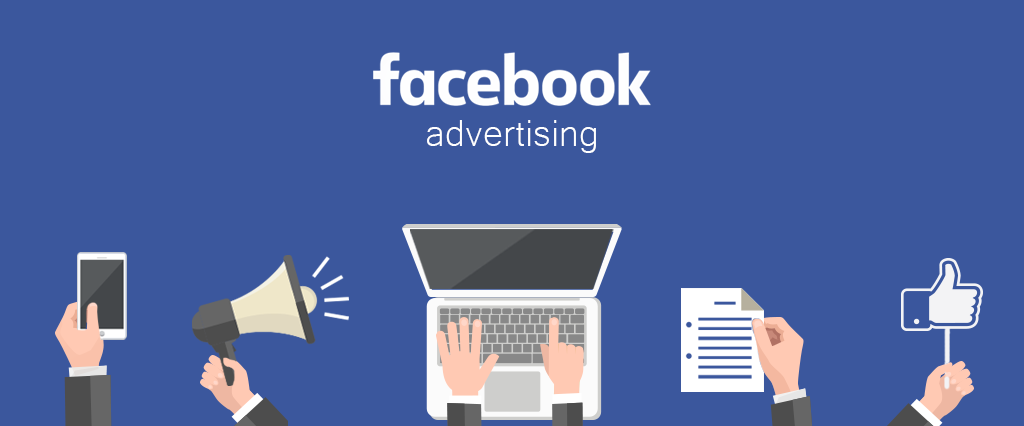
You can create a custom audience on Facebook that matches the demographic and interests of your target audience on Facebook and then create an ad campaign that “speaks” to this group.
4. LinkedIn
We can define LinkedIn ads as a paid advertising on the LinkedIn platform. There are quite a few ways to advertise on LinkedIn, such as Sponsored Content and Headline Ads. Sponsored Content is the most common type of advertisement on LinkedIn and it usually consists of a post written by an advertiser that is promoted by LinkedIn to their members. Sponsored Content generates clicks and impressions, but not leads. Headline Ads consist of static text that appears in feeds and create clicks and impressions but no leads, and Sponsored InMail generates click-throughs and link clicks but no leads.
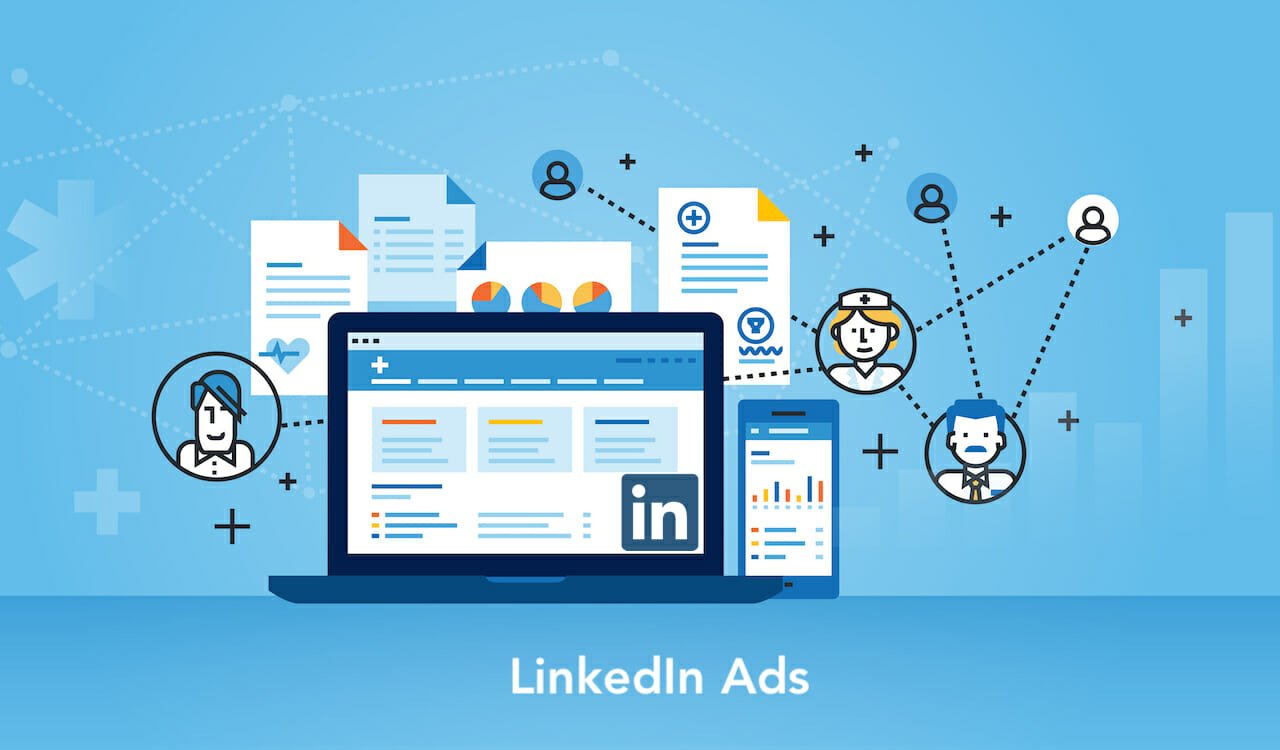
As we can see from this section introduction, there are many different types of advertisements you can use when advertising on LinkedIn. There are also many different options when deciding what type of content to create for your ad
Final Thoughts
Pay-per-Click (PPC) paid marketing is an effective digital advertising strategy that can help businesses reach their target audience and increase their online visibility. By understanding the basics of PPC and implementing the right tactics, businesses can create successful PPC campaigns and drive more traffic and conversions to their website. If you want to learn Pay Per Click (PPC) in detail, enroll for best digital marketing course in Surat.
It’s important to continuously monitor and optimize PPC campaigns to ensure maximum return on investment (ROI) and achieve business goals. Overall, PPC is a valuable tool for businesses looking to grow their online presence and increase revenue.
